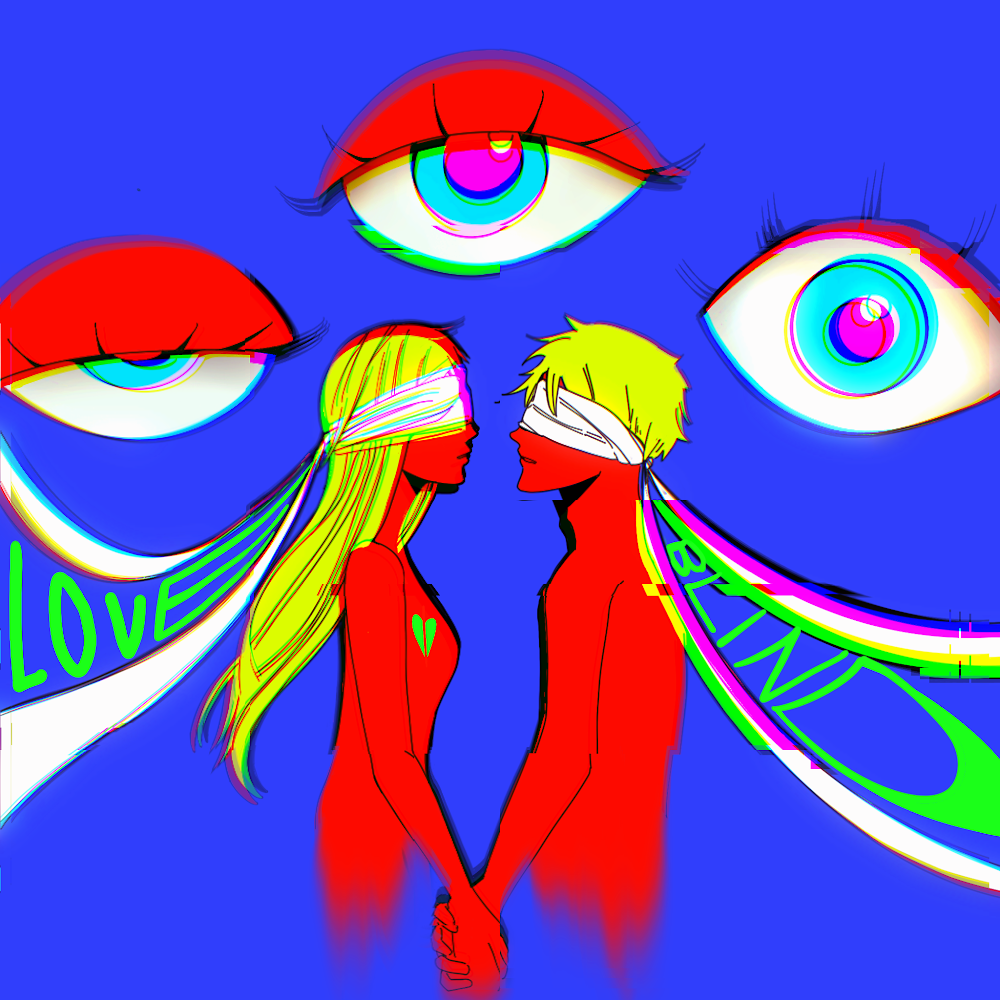Recent study reveals ground-breaking research on the link between romantic love and the brain’s behavioural activation system
Dr. Adam Bode and Dr. Phillip Sean Kavanagh unveil their findings on how the human brain correlates with romantic love in the scholarly journal, Behavioral Sciences.
Published in November 2023, a joint study from the Australian National University, the University of Canberra, and the University of South Australia is the first in the world to examine the linkage between romantic love and the human brain’s behavioural activation system (BAS).
Adam Bode, lead researcher and PhD student in Biological Anthropology at the Australian National University’s School of Archaeology and Anthropology, collaborated with Dr. Phillip Sean Kavanagh at the University of Canberra to explore this link by surveying 1,556 partnered young adults who reported being “in love.”
According to Dr. Bode, “We actually know very little about the evolution of romantic love. It is thought that romantic love first emerged some five million years ago after we split from our ancestors, the great apes.”
Dr. Bode and Dr. Kavanagh’s research denotes the world’s inaugural exploration of the correlation between the BAS and romantic love. Their discoveries, recently featured in the Behavioral Sciences scholarly journal, unveil the neural mechanisms that propel the transformative power of love. Before their research, no studies have examined the role of the BAS in romantic love.
The survey questions focused on the respondents’ emotional reactions toward their partners, how they behaved around them, and understanding the degree to which their loved ones played a pivotal role in their lives. The survey found that the BAS, a system that is believed to be associated with “dopaminergic reward and motivation circuitry,” according to their report, plays an integral role in the initial phase of romantic love.
The results disclosed a discernible pattern in the brain’s activity when individuals are in love, underscoring the impact of the BAS. The research indicates that romantic love encompasses the release of oxytocin but also the interaction of dopamine, a chemical affiliated with uplifting emotions.
According to Dr. Kavanagh, “The way that loved ones take on special importance, however, is due to oxytocin combining with dopamine, a chemical that our brain releases during romantic love. Essentially, love activates pathways in the brain associated with positive feelings.”
The next stage of Dr. Bode and Dr. Kavanagh’s research entails examining how men and women view love differently. Their research will identify four types of romantic lovers through a worldwide survey. According to their report, investigating the BAS should be employed in future psychological and imaging studies.
This ground-breaking research unveils a new phase in understanding love by investigating the brain under a new lens. By deciphering the enigmas of the BAS, researchers facilitate groundwork for further investigations and new understandings of the progress of romantic love.

